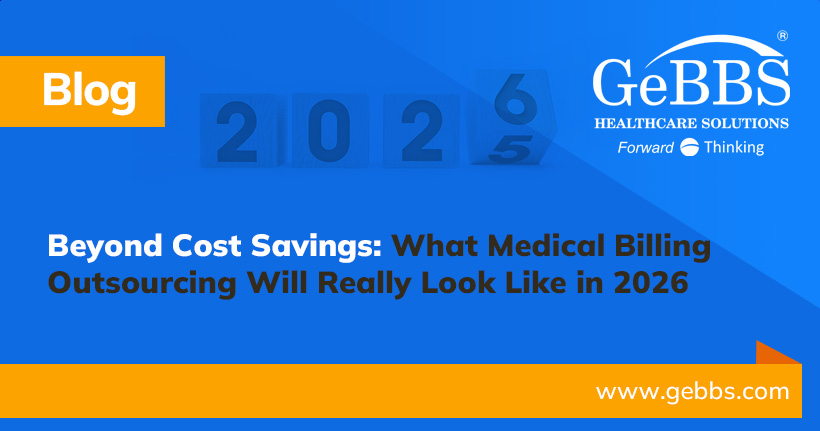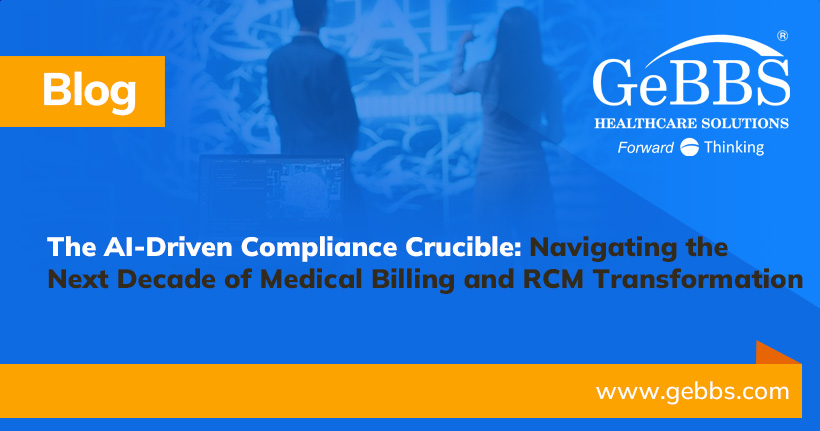Balancing the competitive landscape that comes with physician practice consolidation combined with population health and the shift to value-based care is a lot to consider for busy hospital physician practices. Add in the constant changes in regulatory guidelines, enhancing the patient experience and most importantly – a continued focus on quality and safety and most hospital administrators have little resources left to focus on improving the revenue cycle.
However – some may argue the revenue cycle is of equal or greater importance to all of these critical factors. That’s because improving your revenue cycle has a direct impact on patient care. Without a positive bottom line, you won’t have the resources necessary to invest in staff, facilities, technology, equipment and supplies needed to deliver the highest quality care.
That’s why it’s important to regularly audit the health of your revenue cycle – which starts with a complete review of your billing performance metrics. Whether you handle your own billing in-house or have an outsourced billing partner – it’s critical to evaluate your performance on a regular basis.
Billing Operations Check-Up Checklist
Here are some questions to consider when evaluating your billing performance.
Are your self-pay collections practices ineffective? With the increase in high-deductible plans, patient responsibility for charges has increased significantly, but large health systems and physician practice groups have been slow to collect fees from patients. It might be time to evaluate your up-front collections policies – as well as your processes for collecting self-pay fees. Ensuring your statements are easy to understand and the implementation of technology solutions that utilize analytics to determine the best time to contact based on propensity to pay scores can help drive higher patient collections.
How is your denial management handled? Denied claims can quickly increase your A/R cycle and increase your overall cost-to-collect. That’s why your team should have qualified denial management specialists who are familiar with your practice management system and understand how to quickly and correctly analyze account history and appeal denied claims. Analysts who are adept at trending denials and looking for patterns of deficiency will increase cash flow and reduce aging A/R. Ideally, your billing team should be using a customized tool with fully integrated data analytics that provides real-time trending with the ability to isolate and prevent future denial re-occurrences.
What are your key metrics? The best way to move the needle on improving your revenue cycle is to get familiar with the data – which you’ve most likely already done. From there, work with your executives and financial leadership teams to identify, track and make a plan to optimize the key performance indicators (KPIs) that are most important to your practice or system. Partnering with an organization that can provide in-depth data analytics and customized dashboards is a great way to get started. Some common KPIs to consider are as follows:
– What is your percentage of total receivables in the 120+ days category?
– What is your first pass rate?
– What is your charge entry accuracy?
– What percent of open claims have no collection activity?
– Value of claims that were written off (Charge=Adjustment?
– How is your payment to charge ratio (or collections per RVU) changing?
– What is your turn around time for denial resolution?
Once you’ve identified your opportunities for improvement, you need a solid performance improvement plan. Whether you manage billing in-house or outsource, develop goals and targeted initiatives to drive certain key metrics on a routine basis. Sometimes even small initiatives designed to drive performance in a single area of your billing process can result in a significant, lasting impact on your overall financial performance.
Not sure where to start? GeBBS Healthcare has decades of expertise helping large, hospital-affiliated practices improve their revenue cycle. We’re glad to offer a no-cost analysis of your accounts receivable (A/R) metrics to help you benchmark your performance against similar systems.
For the no-cost analysis submit a request for consultation (click here)






